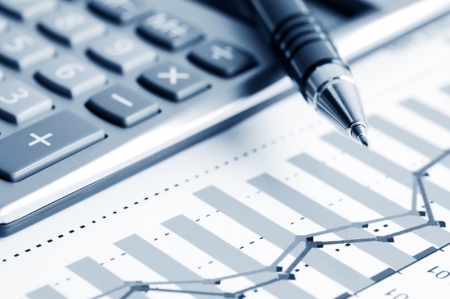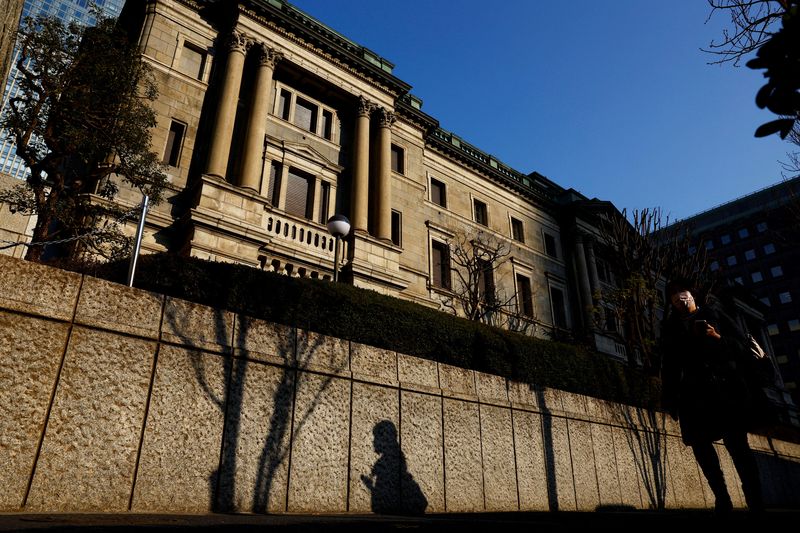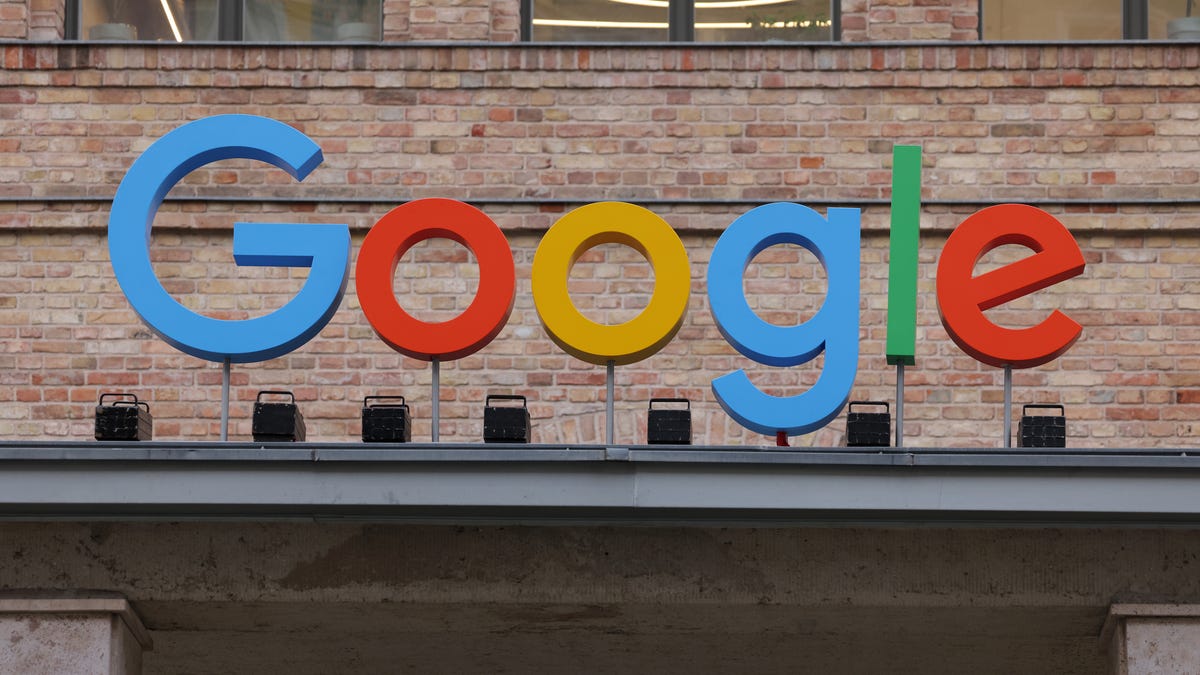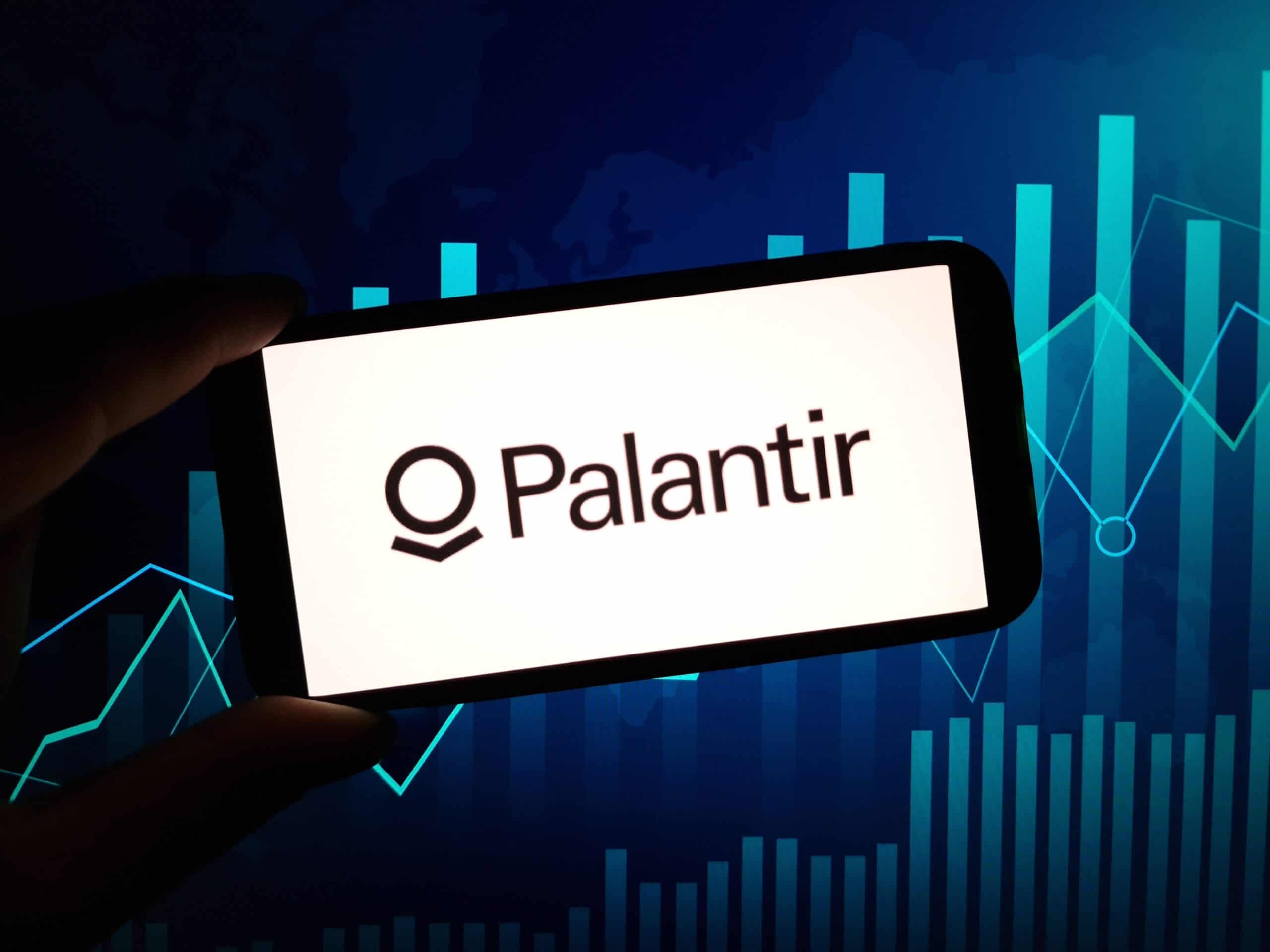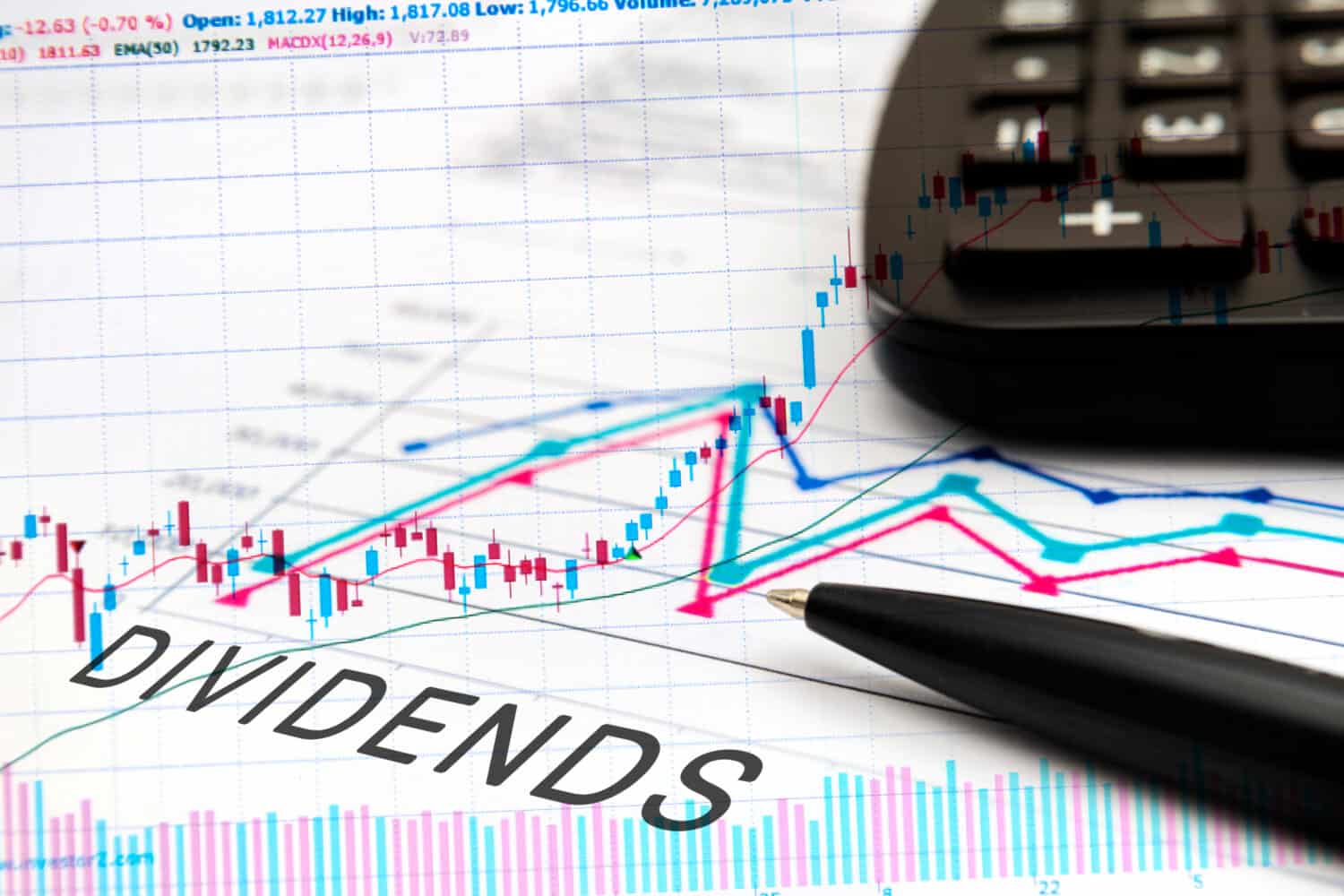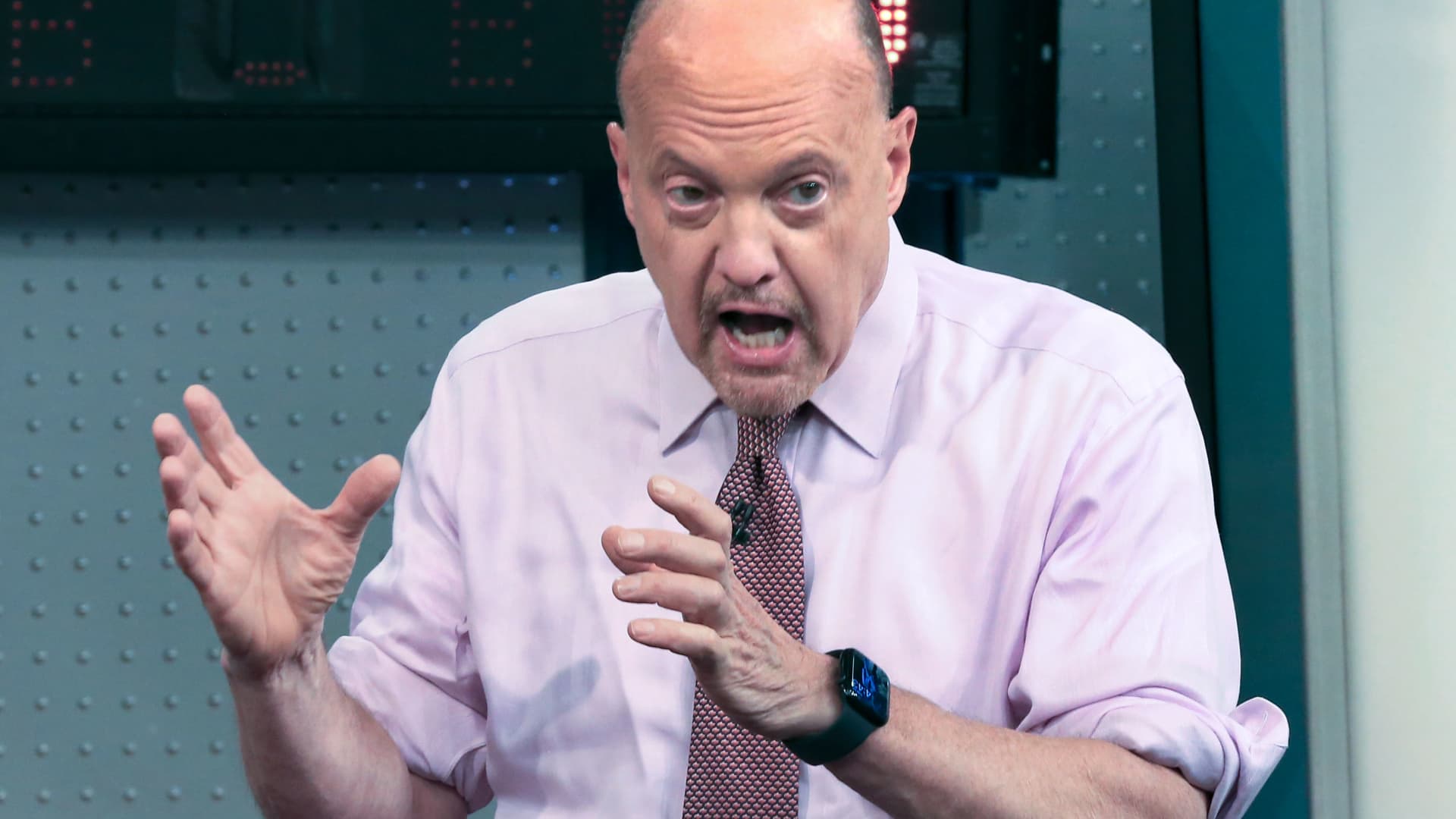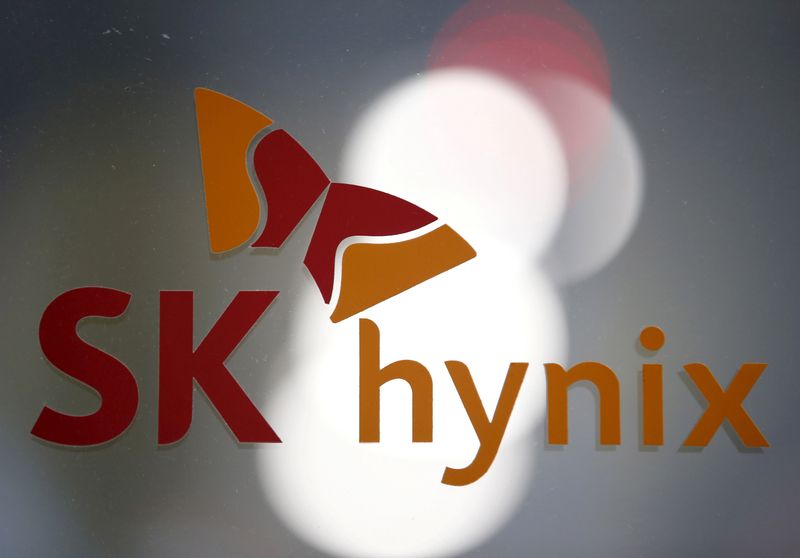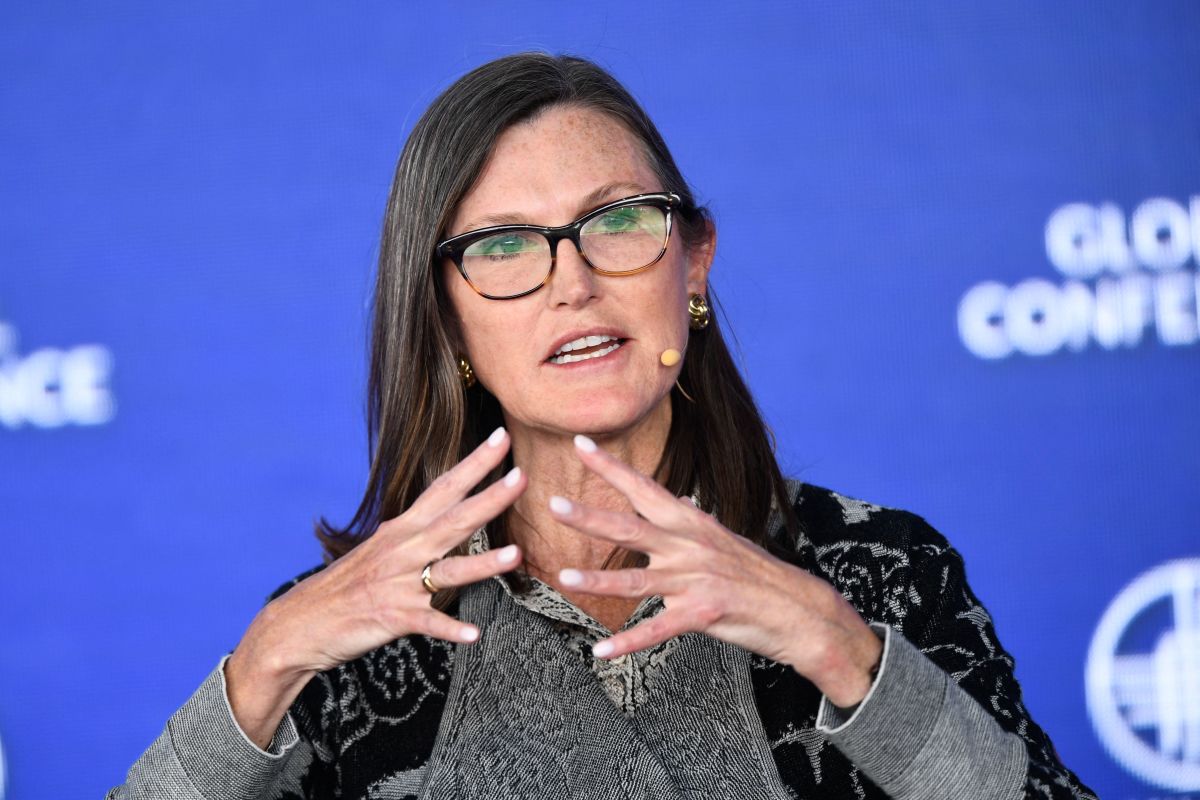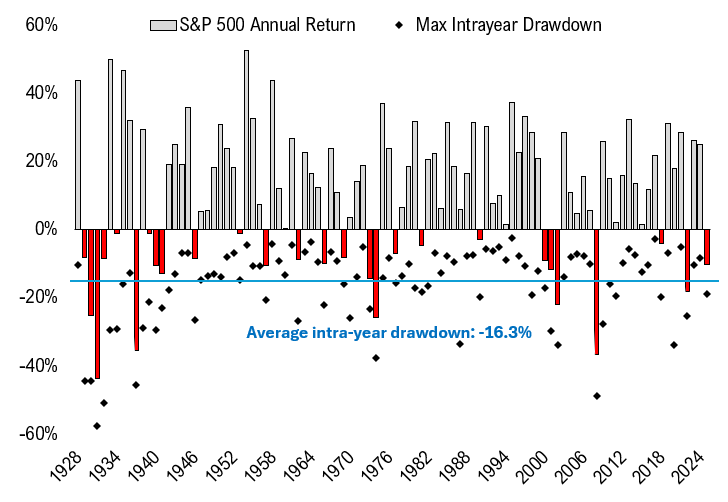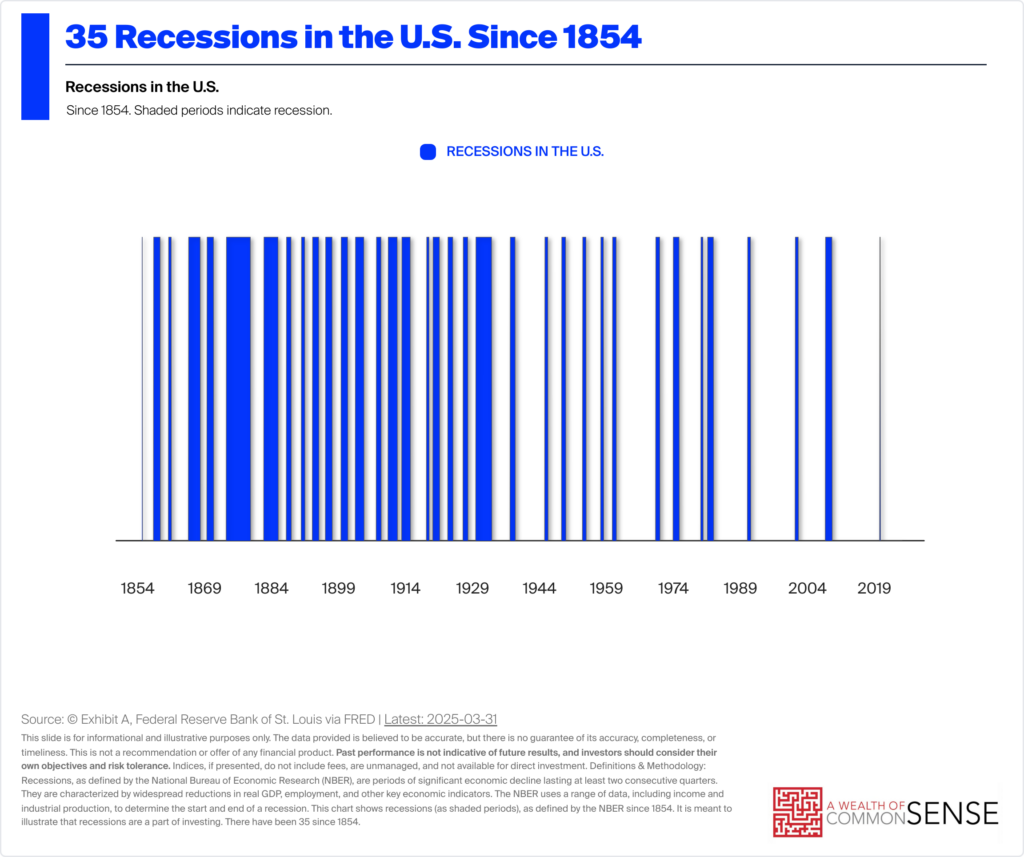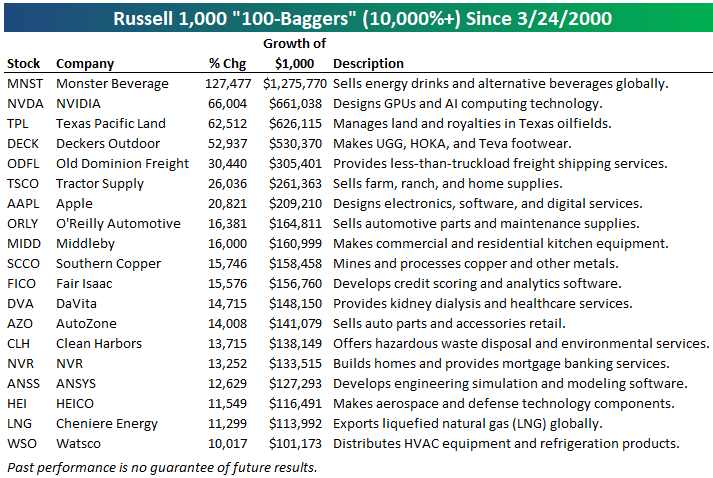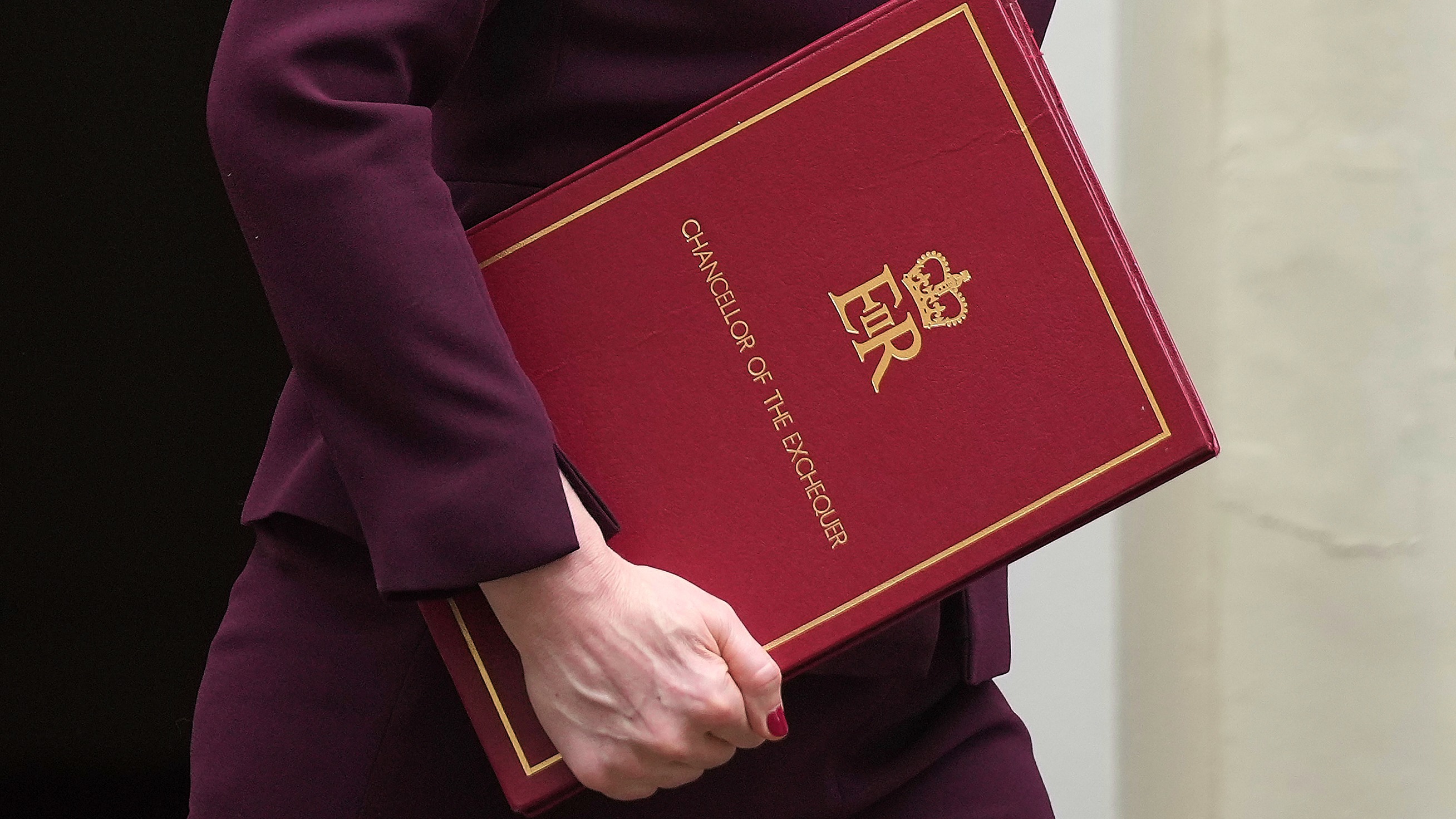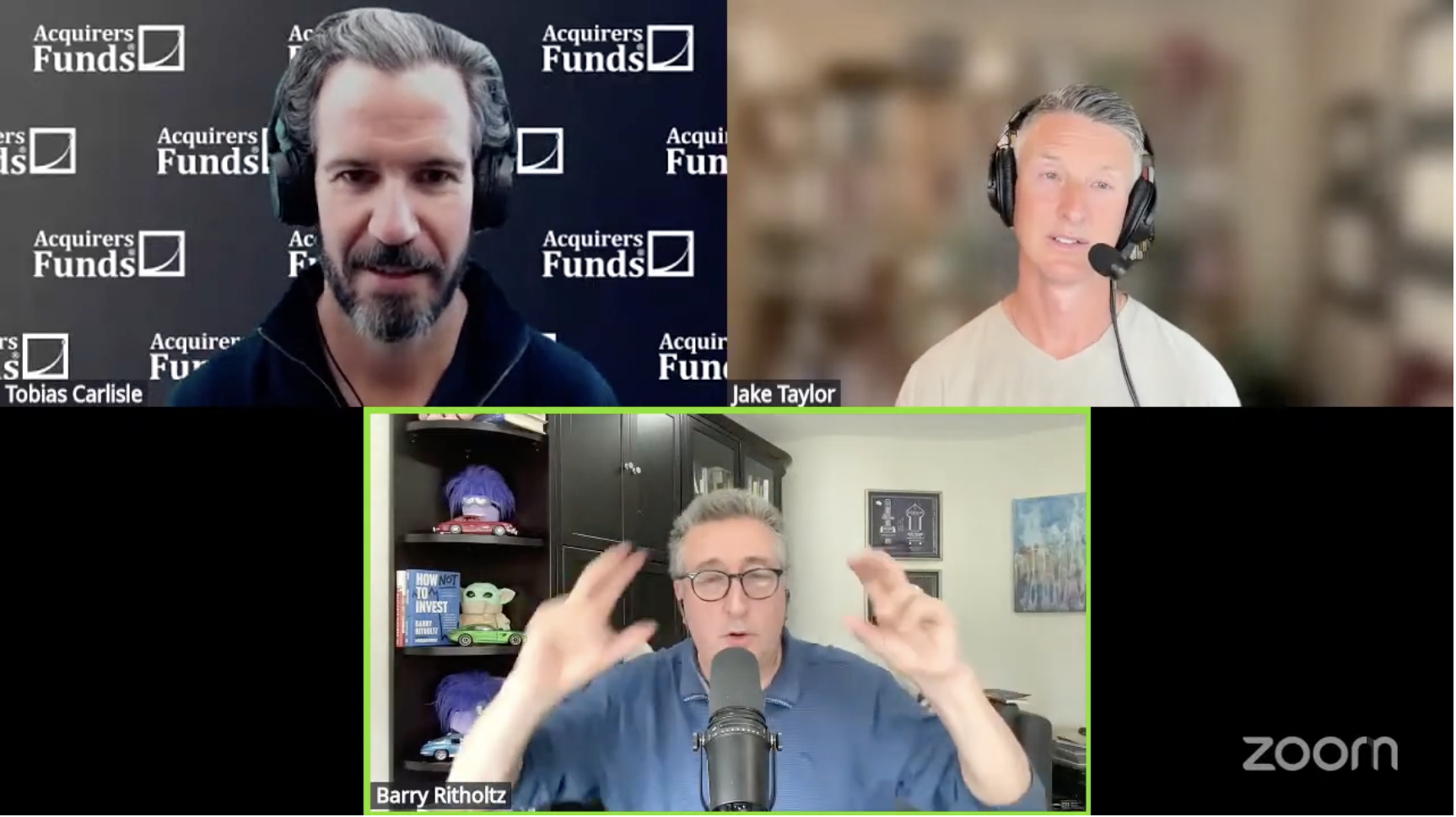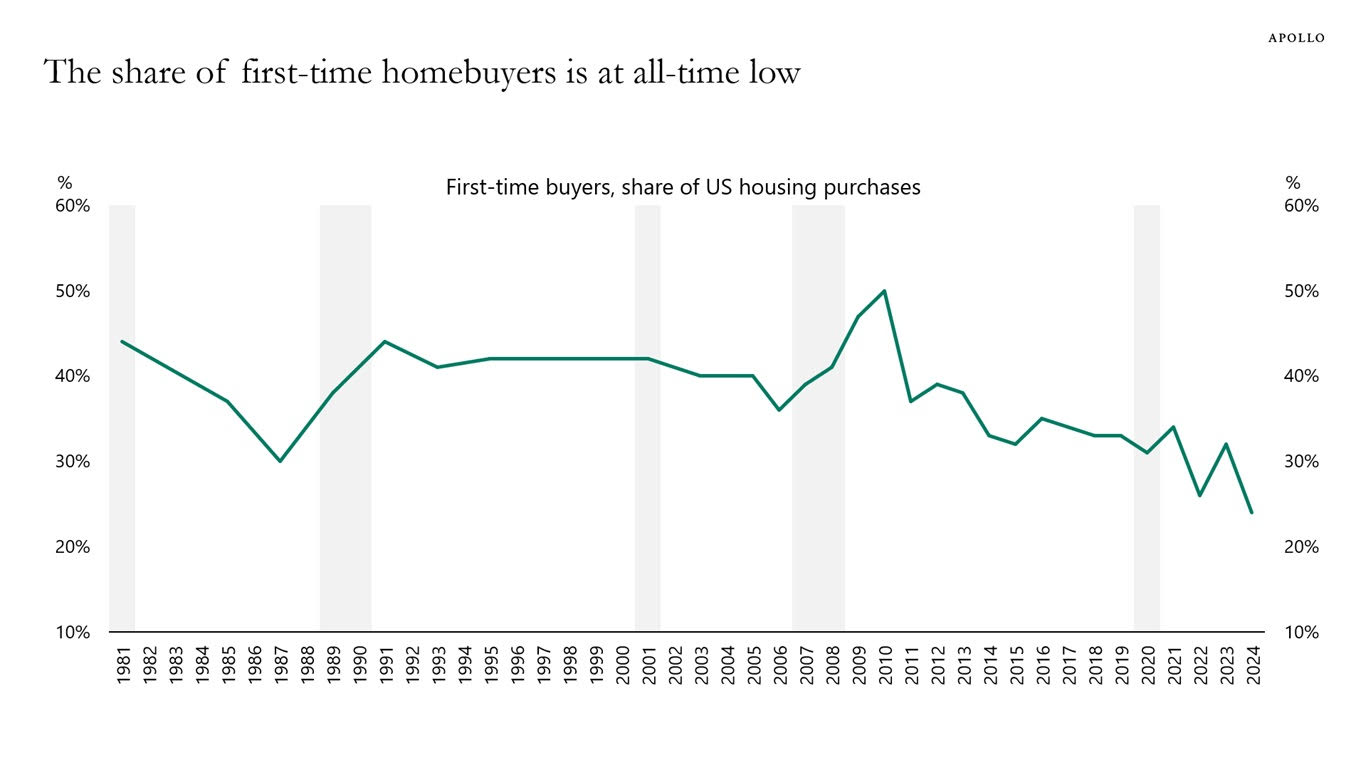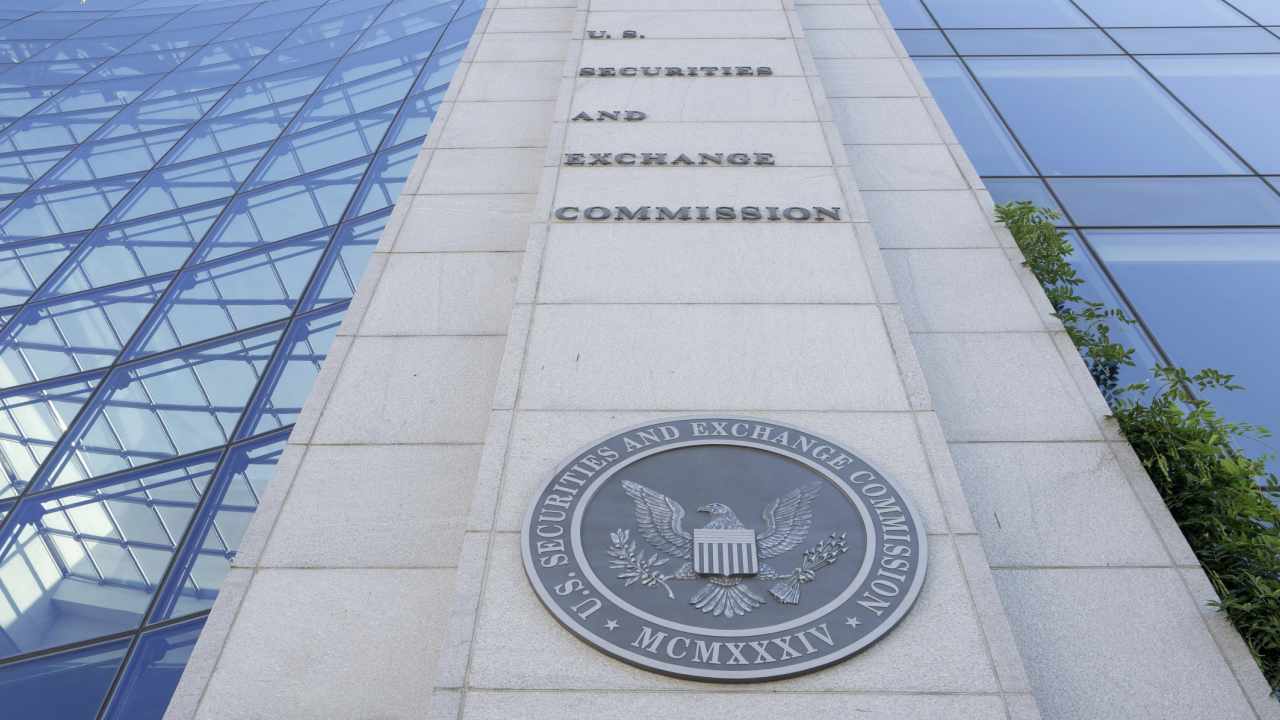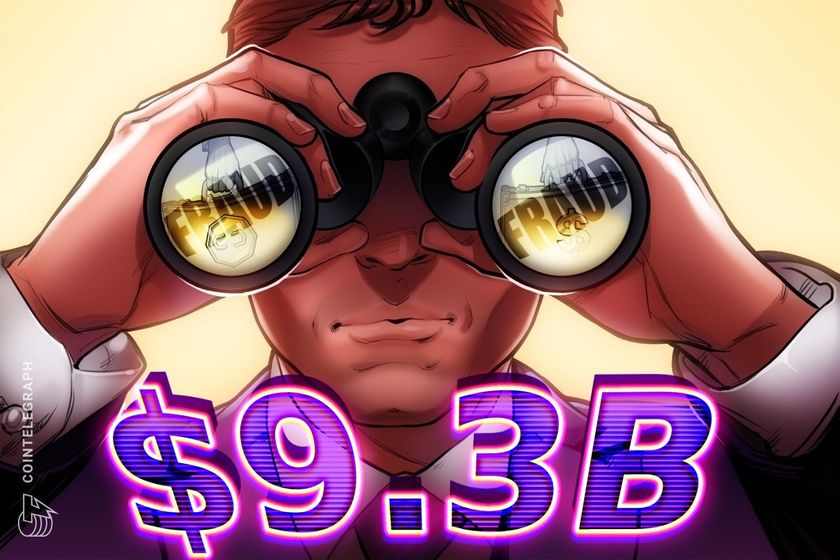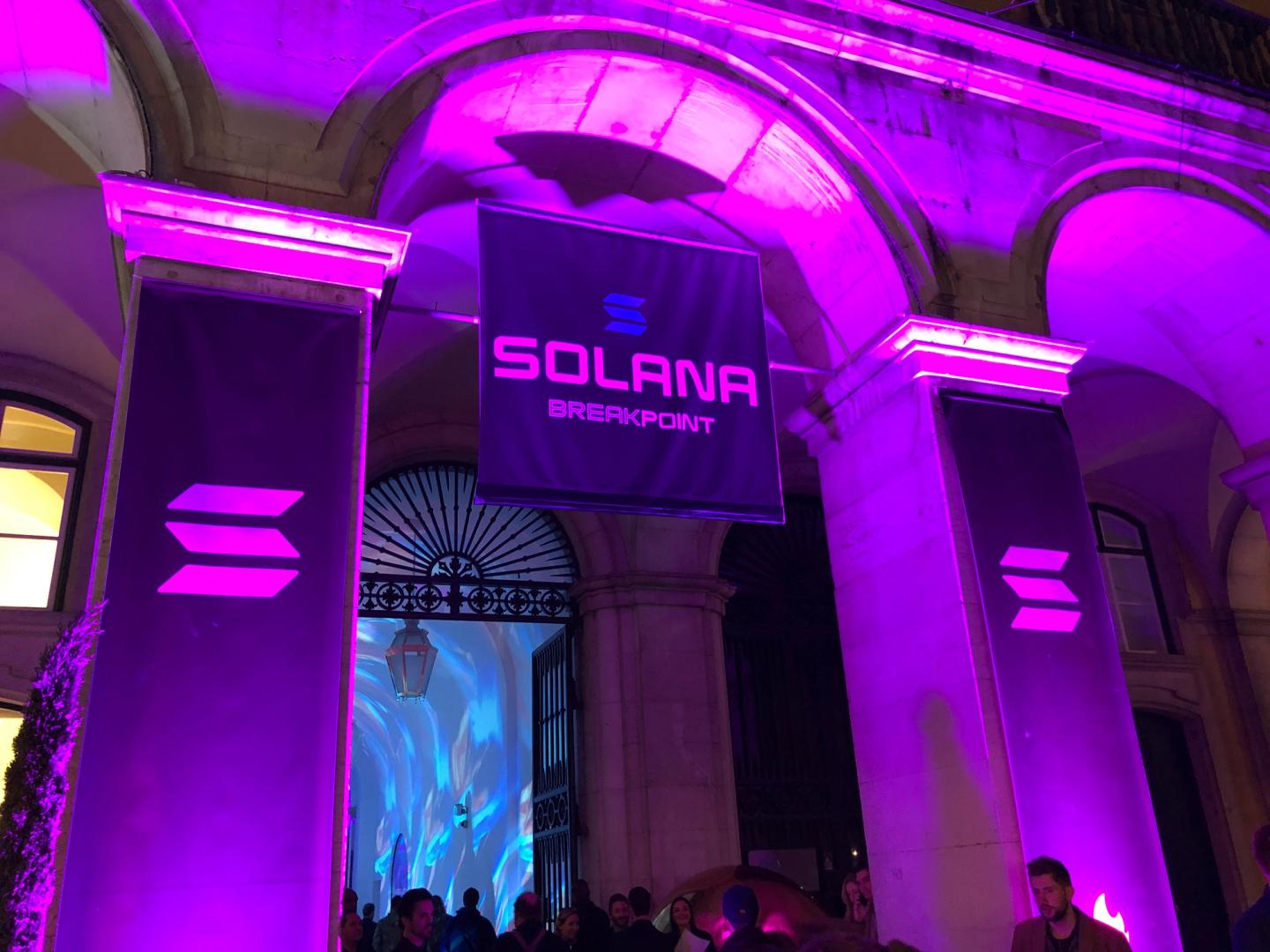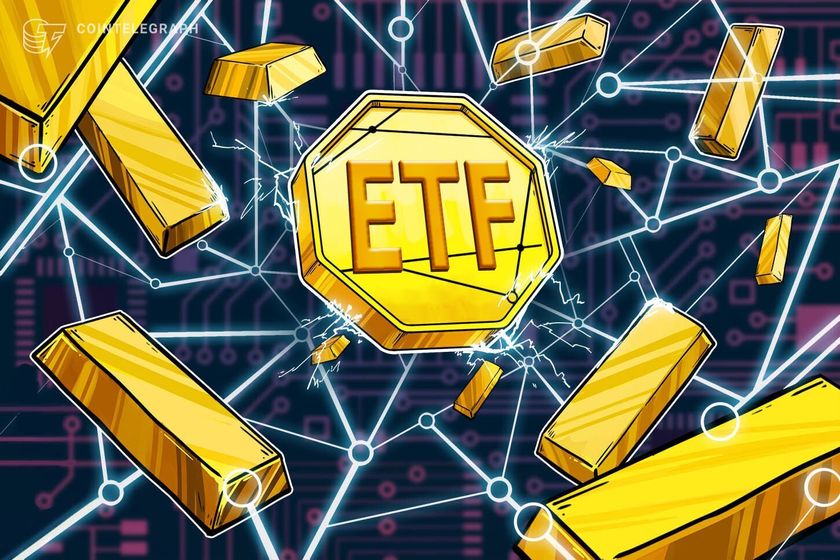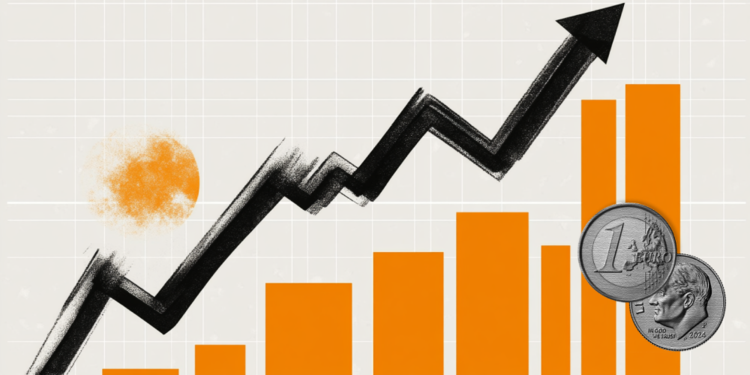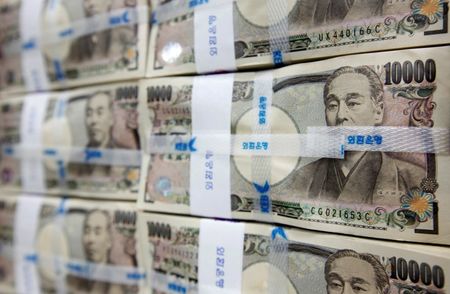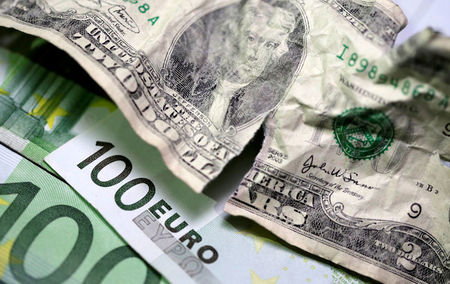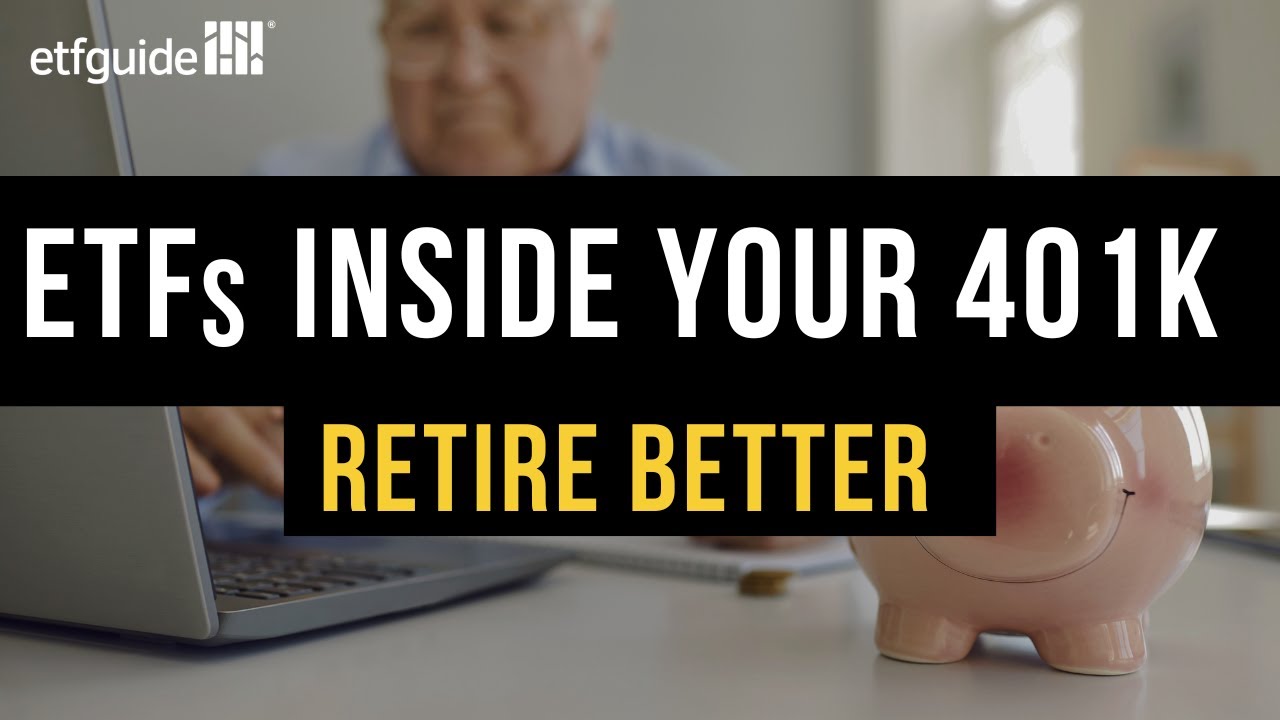1000-Point Market Swings Signal Danger: Boomers Should Move to 5 Guaranteed Dividend Investments
Five very safe and guaranteed ideas make sense for those in their 60s or older who need to protect their hard-earned money that will help pay for a comfortable future. The post 1000-Point Market Swings Signal Danger: Boomers Should Move to 5 Guaranteed Dividend Investments appeared first on 24/7 Wall St..

Huge back-and-forth market swings, especially 1,000-point drops in the Dow Jones industrial average, can concern older investors and may have broader economic implications. While not all market corrections are “dangerous,” substantial 1,000-point swings like we have seen recently often signal underlying economic uncertainty and can lead to financial losses for investors. With volatility levels exploding due to tariff uncertainty, among other reasons, and being sent to some of the highest levels in years, many investors are concerned and wondering when the rollercoaster ride in the stock market will end.
24/7 Wall St. Key Points:
-
The massive swings in the stock market may come to an end with tariff deals getting signed.
-
Bond yields have been almost as volatile as the stock market.
-
Older investors with significant gains should take some money off the table.
-
Do you have too much embedded risk in your holdings? Why not meet with a financial advisor near you for a complete review? Click here to get started finding one today. (Sponsored)
A market crash, though devastating, is workable if you are in your 40s and making peak money. However, for baby boomers who have enjoyed unprecedented gains over the past 35 years, being overweight in the stock market now is like picking up nickels in front of a bulldozer, and it could be a fatal shock to their retirement savings. In 1987, the Dow Jones industrials plunged a stunning 22.6% in one day. Today, a similar drop in the venerable index would equal almost 8,800 points. That could be a loss too big to rebound from.
Five very safe and guaranteed ideas make sense for those in their 60s or older who need to protect their hard-earned money that will help pay for a comfortable future.
U.S. Treasury Bonds

Look at the short end of the Treasury market. The two-year note, like all Treasury debt, is guaranteed by the full faith and credit of the United States and yields a solid 3.8%. The shorter six-month T-bill yields 4.20%. Note that shorter government debt of a year or less is bought at a discount and matures at full value instead of paying interest. They work the same way as if you had a savings bond as a kid. Treasury bills and bonds can be bought through banks and brokerage firms.
Certificates of Deposit
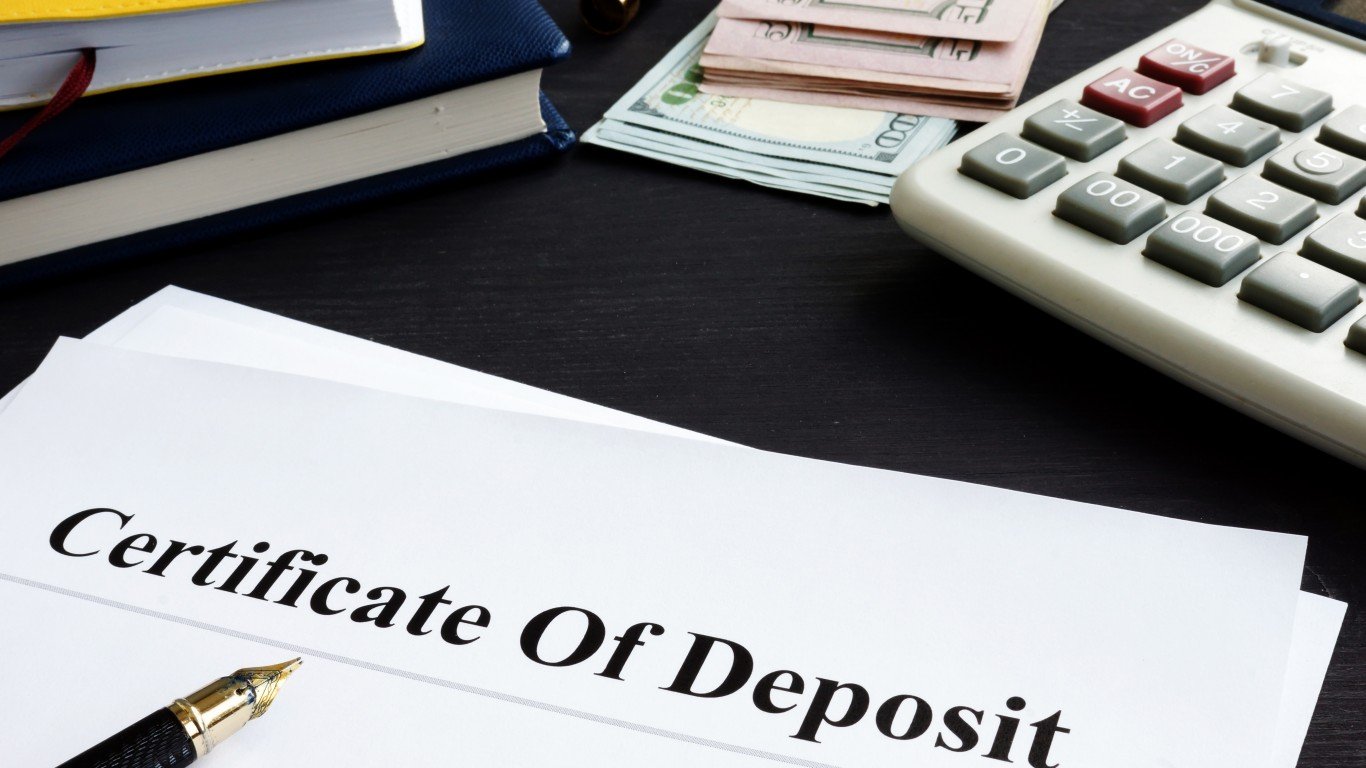
Certificates of deposit (CDs) are insured by the Federal Deposit Insurance Corporation (FDIC), an independent agency that protects deposits in U.S. banks. The FDIC insures up to $250,000 per depositor per insured bank. In other words, you can have multiple CDs at different banks, each of which has up to $250,000 in insurance.
The best current rates for a one-year CD were at 4.50%. Longer-term CD yields range from 4% to 4.80% with a minimum deposit of $500. It’s essential to note that many banks charge a penalty for early withdrawals of funds. Therefore, you may receive less than you initially deposited if you have an emergency and need to access your money. Make sure the terms are clear when you purchase one.
High-Yield Money Market Funds

A high-yield money market fund, also called HYSAs, is an investment that aims to generate income while maintaining a relatively stable and liquid principal. It is considered a low-risk investment and can have higher interest rates than savings accounts. Money market funds invest in short-term securities, such as government securities, commercial paper, and corporate debt. They are intended to be safe and not lose value. Best of all, you can withdraw cash from a money market fund without penalties. In addition, they pay interest monthly and are insured by the FDIC up to $250,000.
Here are the rates from some well-known companies:
- American Express High Yield Savings: 3.70%
- PNC Bank High Yield Savings: 3.95%
- CIT Bank Platinum Savings: 4.35% on balances of $5,000 and more
Open-End Mutual Funds
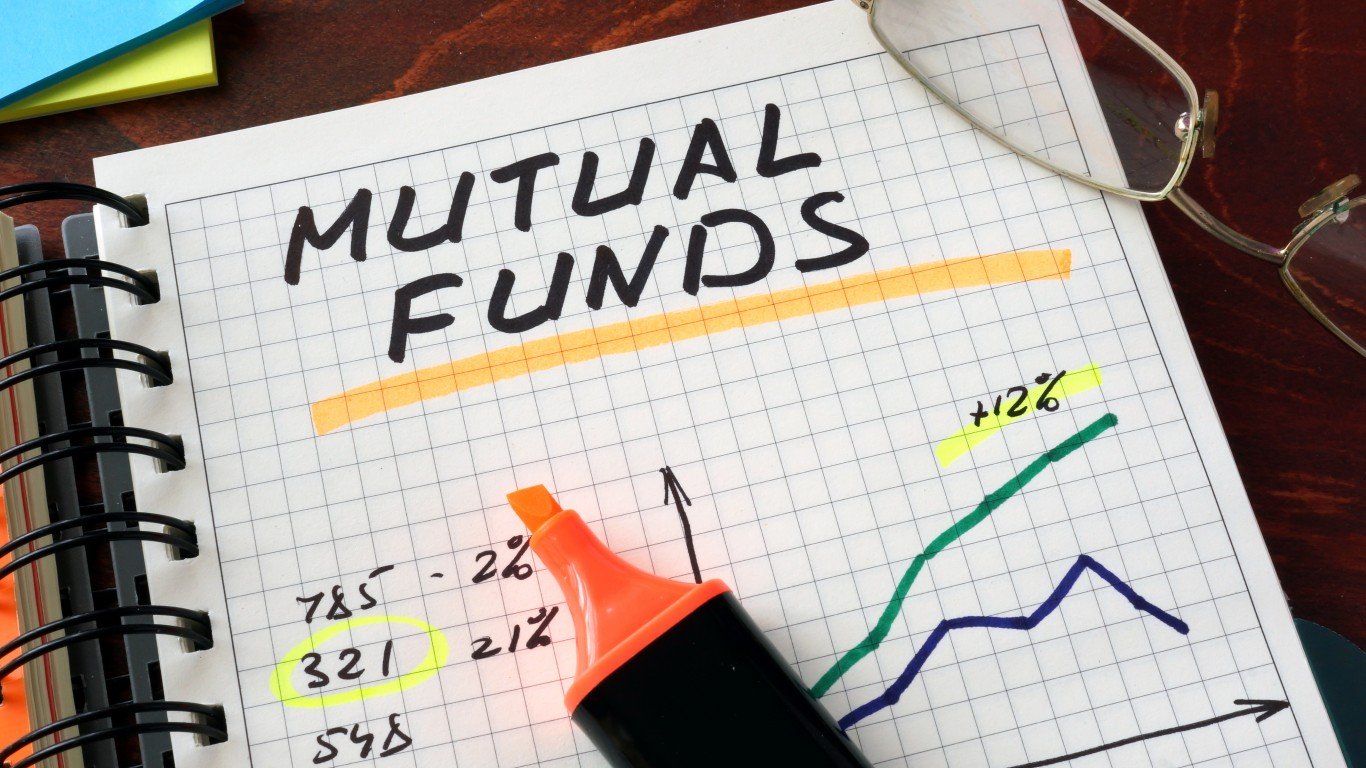
Open-end mutual funds are a type of investment fund that allows investors to buy or sell shares at any time, based on the current net asset value of the fund, essentially meaning new shares are created when investors want to buy in, and shares are redeemed when investors want to sell out, providing continuous liquidity compared to closed-end funds with fixed entry and exit points; this makes open-end funds highly accessible for investors to enter and exit as needed.
Both closed-end and open-end funds provide efficient investment options. Closed-end funds trade on exchanges throughout the day, while open-end funds are typically redeemed or bought at net asset value once daily.
We recommend the BlackRock Liquidity Funds – FedFund (NASD: BFCXX), which currently yields 4.25%. The fund maintains a $1 net asset value and can be bought and sold daily.
The BlackRock website says this when describing the fund.
FedFund invests at least 99.5% of its assets in cash, U.S. Treasury bills, notes, and other obligations issued or guaranteed as principal and interest by the U.S. Government, its agencies, or instrumentalities, and repurchase agreements secured by such obligations or cash. The yield of the Fund is not directly tied to the federal funds rate. The Fund invests in securities maturing in 397 days or less (with certain exceptions), and the portfolio will have a dollar-weighted average maturity of 60 days or less and a dollar-weighted average life of 120 days or less. The Fund may invest in variable and floating rate instruments and transact in securities on a when-issued, delayed delivery or forward commitment basis.
Exchange Traded Funds (ETFs)
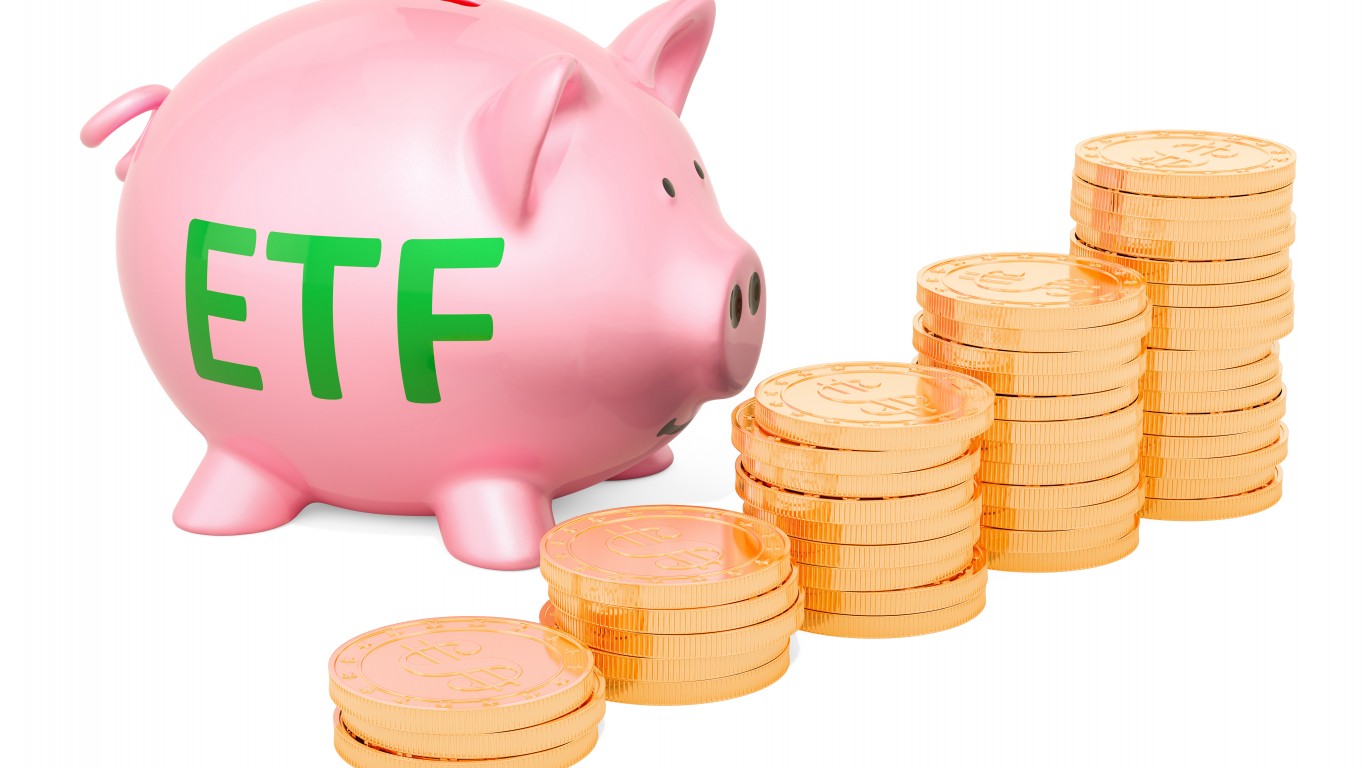
Unlike open-end mutual funds, ETFs trade on major exchanges like stocks. They own financial assets, including stocks, bonds, currencies, debt, futures contracts, and commodities like gold bars. One significant advantage of ETFs is that they can be bought or sold whenever the market trades. Additionally, there is a substantial market and significant demand from investors for exchange-traded funds.
One of the funds we recommend at 24/7 Wall St. is the SPDR Bloomberg 1-3 Month T-Bill ETF (NYSE: BIL). The fund invests substantially all, but at least 80%, of its total assets in the securities comprising the index and in securities that the adviser determines to have economic characteristics substantially identical to the financial characteristics of the securities comprising the index. The index measures the performance of public obligations of the U.S. Treasury that have a remaining maturity of 1 month or more and less than 3 months.
The fund currently pays a 4.85% yield and a monthly dividend /interest payment of $0.3828. Investors need to know that the price of the ETF will drop by that amount when the dividend is paid, but at $91.64 at the time of this writing, that is a tiny amount.
Investors Are Buying High-Yield Stocks Hand-Over-Fist: 5 Favorites That Yield 7% or More
The post 1000-Point Market Swings Signal Danger: Boomers Should Move to 5 Guaranteed Dividend Investments appeared first on 24/7 Wall St..

